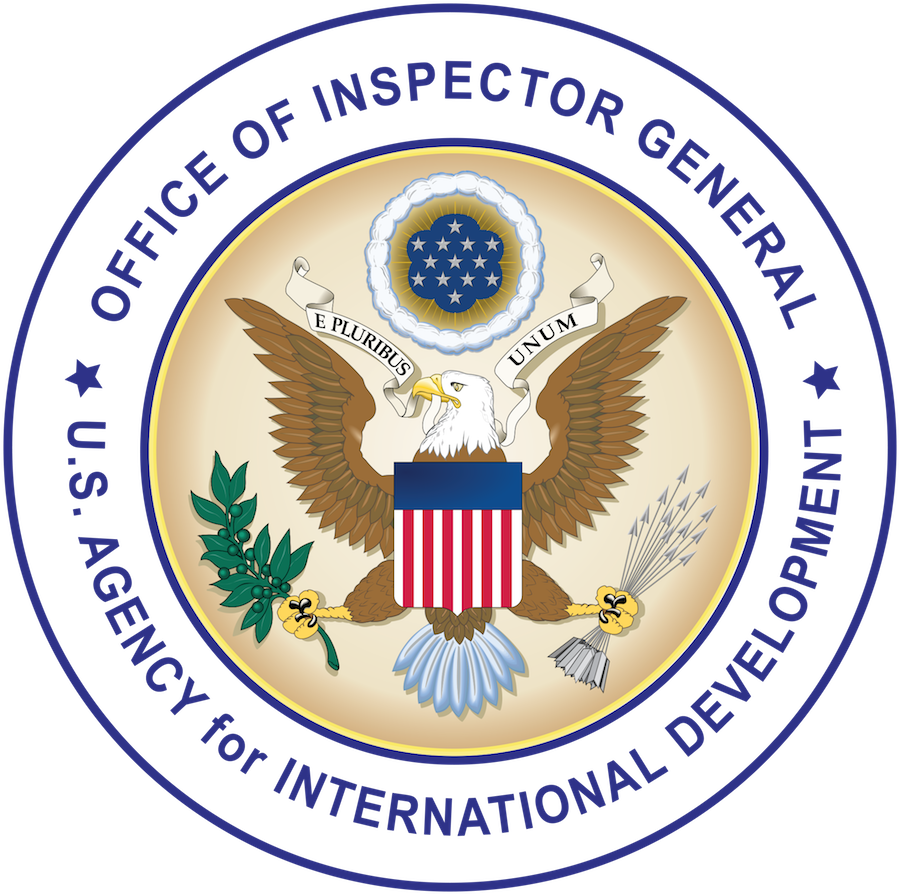The short supply of electricity is one of Africa’s greatest development challenges. Approximately 600 million sub-Saharan Africans (70 percent) lack access to electricity. The U.S. Government announced the Power Africa Initiative in June 2013 and then expanded it in August 2014 to add 30,000 megawatts of cleaner, more efficient electricity-generating capacity and expand access by 60 million new households and businesses. Led by USAID, Power Africa brought together diverse U.S. agencies to collaborate and share expertise on existing and new efforts in the energy sector while capitalizing on agencies’ comparative advantages and minimizing duplication. However, by expanding rapidly—extending to all of sub-Saharan Africa and tripling its goals—it increased its exposure to various risks, and the USAID Coordinator’s Office has not fully implemented a portfolio-wide program to manage the risks. Further, it reported results that overstated its impact, due to (1) counting megawatts foreseen when deals were made instead of power actually generated, along with projects envisioned but never built, (2) continually changing methodologies, and (3) not adequately verifying information. To achieve its ambitious goals and demonstrate its impact, Power Africa must put more emphasis on reporting megawatts that have become operational with its assistance and continue its efforts to improve monitoring, evaluation, and data quality.
Power Africa Coalesced Energy Efforts but Lacked Portfolio-Wide Risk Management and Consistent Measures of Progress
Recommendations
Power Africa Coordinator's Office develop and implement a portfolio-wide risk management program to ensure that risks are regularly identified, analyzed, monitored, and mitigated.
Power Africa Coordinator's Office develop and implement a data quality program to systematically verify the accuracy and reliability of reported results. This program should include (1) a finalized monitoring, evaluation, and learning plan and associated standard operating procedures, (2) a training program for USAID and interagency officials involved in data reporting, and (3) a plan for routine data quality assessments and associated procedures for correcting data.
Power Africa Coordinator's Office include in Power Africa's annual report (1) the number of megawatts of energy-generating capacity added online and (2) the numbers of on-grid and off-grid connections.
